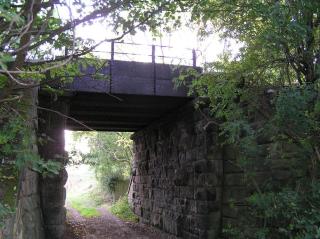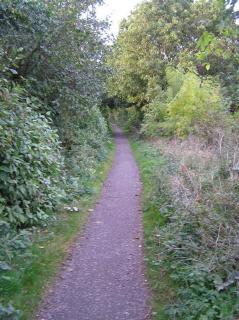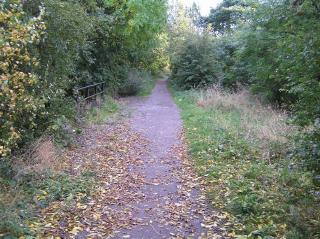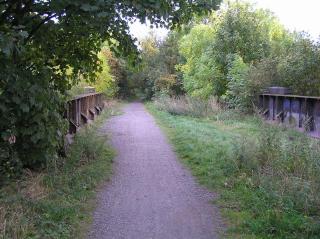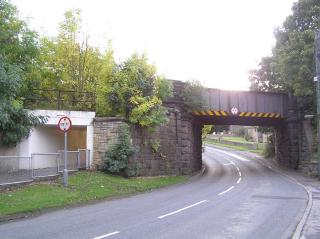Stanhope and Tyne Railway
The Stanhope and Tyne Railway opened in 1834 from Stanhope to Waskerley, Rowley, Consett, Stanley, Vigo, Washington, Boldon and South Shields.
There were eight inclines on this section between quarrties near stanhope and Hows gill including some branch lines. Two steep inclines were hauled by Crawley Engine and Weatherhill Engine (NY9942). Passengers also used this rope-hauled railway in its early years. Rope haulage was used to Parkhead Wheel (NZ0044), Meetingslack Engine (NZ0345) and Waskerley (NZ0545). From Waskerley the line ran down via Nanny Mayor's Incline to Rowley (NZ0847) and Howns Gill (NZ0949). Steep inclined planes were needed to descend into Howns Gill. Hownsgill Viaduct was built in 1858 to bypass the steep inclines.
There were at least three inclines on this section, Carrhouse Engine (NZ1150). At the eastern end of Carrhouse Incline was a branch to Derwent Colliery (NZ1254). Horses were used on the level section to the western foot of Annfield Incline. At the top of the hill Annfield Engine (NZ1551) worked both inclines to the east and west. There was a branch to Tanfield Moor Colliery (NZ1654) from the foot of the eastern incline. The line continued via Oxhill to West Stanley Colliery and Stanley Engine (NZ2052).
There were at least five inclines on this section, from Stanley Engine was a series of inclined planes passing Twizell Colliery, Edenhill and West Pelton down to Pelton Fell (NZ2551) and Stella. The line crossed the Great North Road at Pelaw Grange (NZ2753). Vigo Engine (NZ2854) worked inclines to Fatfield where locomotives took over the route to Washington (NZ3155).
Pelton
A section of the Stanhope and Tyne Railway at Pelton was an incline. The incline was on the west side of Pelton Village. It served the local coal mines. It is now a cycle path.
